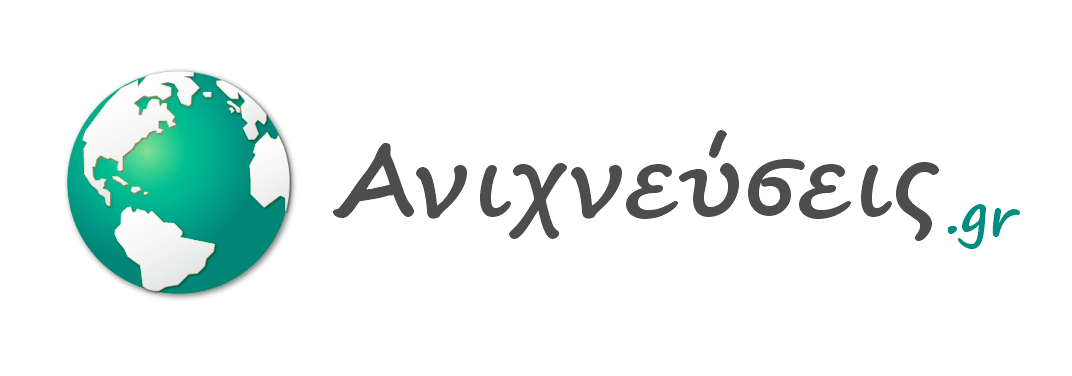A new war in the Caucasus is looming after Azerbaijan shelled several villages in the disputed Nagorno-Karabakh region.
Local officials reported that Azerbaijan has attacked several towns. “At the moment, the capital Stepanakert and other towns and villages are under intense shelling,” the Armenia-based Nagorno-Karabakh Representative Office said on Facebook. Azerbaijan has launched a “large-scale military offensive,” it said.
Azerbaijan’s Defense Ministry in Baku spoke only of “localized anti-terrorist operation to restore constitutional order” in the region. The ministry said the goal was to remove the Armenian military from the area.

There has been a bitter dispute over Nagorno-Karabakh for decades. The region is inhabited mainly by Armenians. Goods are supplied via one access road, the Lachin Corridor, that connects to Armenia but has been blocked by Azerbaijan since December 2022, cutting the region off from the outside world.
The International Red Cross and Russian troops, who were monitoring a cease-fire agreement negotiated between Armenia and Azerbaijan in 2020, had until recently been able to deliver aid. But, in June, after a skirmish between Armenian and Azerbaijani soldiers on the common border, Azerbaijani President Ilham Aliyev tightened the blockade, leaving the enclave’s inhabitants on their own.
According to Armenian sources, about 120,000 people have been forced to endure the situation, though Azerbaijani officials say the number is significantly lower.
Conflict dates back to early 1990s
Armenia and Azerbaijan have been negotiating an end to the conflict for months. The first war between the two states broke out in the early 1990s, shortly after the collapse of the Soviet Union, and there have since been repeated incidents along the still-undefined border.
As the Nagorno-Karabakh region lies entirely within Azerbaijan’s borders, the latter invokes the principle of territorial integrity in its claim to the area. However, it is inhabited by an Armenian majority, which is why Armenia insists on self-determination for its population.
Parts of Nagorno-Karabakh already declared themselves independent in 1991, though this has not been recognized by any of the world’s states. Not even Armenia — presumably to avoid making peace negotiations with Azerbaijan impossible from the outset.
A second war broke out between the two states over the region in 2020, and a subsequent cease-fire brokered by Moscow helped Azerbaijan regain control of parts of the disputed territory.
Despite Russian troops monitoring the truce, deadly clashes have continued. Some 35,000 people are estimated to have died since the conflict began, with hundreds of thousands forced to flee.
Offer of aid from Azerbaijan ‘poisoned’
Representatives from Baku and Yerevan have met several times over the past two years in Brussels, Washington and Moscow, aiming to transform the fragile cease-fire agreement into a lasting peace treaty.
There have been six negotiations under European Union mediation alone. In May, Armenian Prime Minister Nikol Pashinyan surprised the country with the domestically controversial announcement that he would recognize Nagorno-Karabakh as part of Azerbaijan as long as the Armenians there received comprehensive rights and security guarantees as a protected minority.

However, the self-proclaimed government of Nagorno-Karabakh, comprised of ethnic Armenians and calling the region the “Republic of Arzakh” since 2017, has refused integration into Azerbaijan.
Azerbaijani President Aliyev doesn’t seem interested in this solution, either. He has repeatedly called for the government and parliament of the “Republic of Arzakh” to be dissolved and for Armenians there to be integrated into Azerbaijan as “normal, loyal citizens.” This was a condition upon which Aliyev recently offered to supply the trapped Armenians with aid — something they promptly rejected as a “poisoned” offer.
Conflicting geopolitical influences
The negotiations are further complicated by the interests of neighboring countries, particularly Turkey and Russia. Ankara more or less openly supports Azerbaijan. Given the ethnic and cultural similarities between the Turkic-speaking countries, each subscribes to “one nation, two states.” Turkey is also a significant customer of Azerbaijani natural gas.
Russia, on the other hand, has a slightly more complicated position because it maintains ties with both former Soviet republics, though more intensively with Armenia, as it too has a predominantly Christian Orthodox population. Moscow’s preference is evidenced by the fact that while it supplies both parties to the conflict with Russian weapons, only Yerevan gets a preferential price. In addition, Russia maintains a military base in Armenia’s second-largest city, Gyumri.

Still, in the cease-fire agreement most recently negotiated by Moscow, Azerbaijan regained control over large areas of Nagorno-Karabakh. Moreover, the Russian army, which is supposed to be a “peacekeeping force,” has been very restrained in the skirmishes that have repeatedly flared up along the border.
Because of its war in Ukraine, Russia has had to significantly reduce the presence of its troops in the Caucasus region. It is still unclear how Moscow will react to the reescalation in Nagorno-Karabakh.
The Kremlin, whose attention is focused on Ukraine, is apparently no longer succeeding in maintaining fragile stability in the South Caucasus. This is evident by reports that Russia was informed of Azerbaijan’s military operation only minutes before it began.
The latest escalation is a severe setback to international peace efforts. According to international diplomats, a viable peace agreement between Armenia and Azerbaijan was supposed to be reached by the autumn, but now this seems to be a long way off.
This article was originally written in German in August 2023. It was updated on September 19, 2023, to include the most recent military operation by Azerbaijan.








